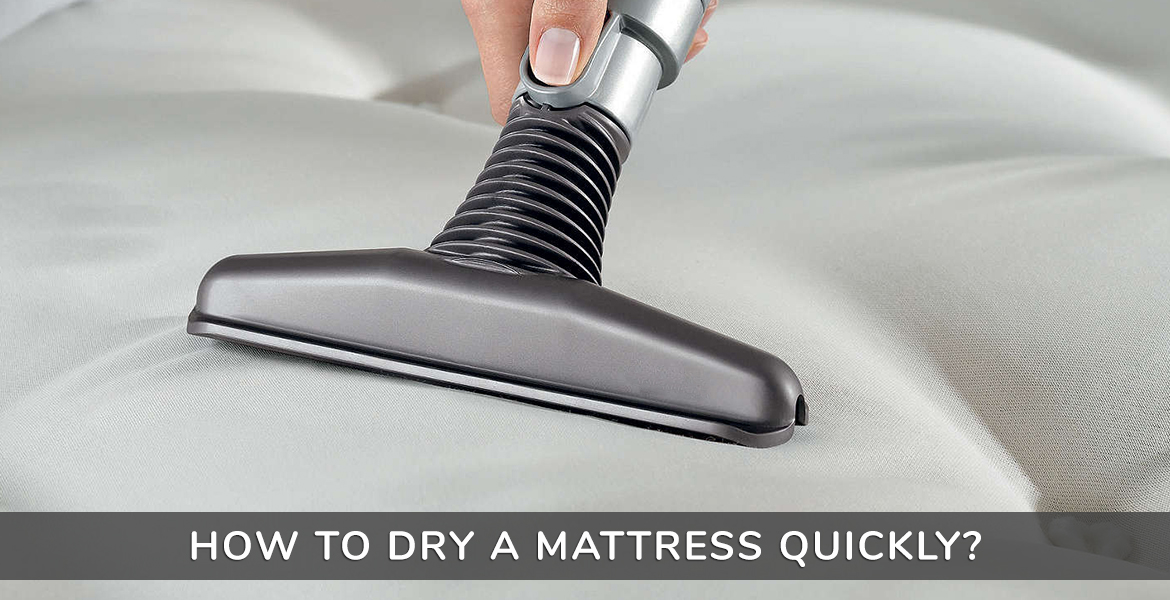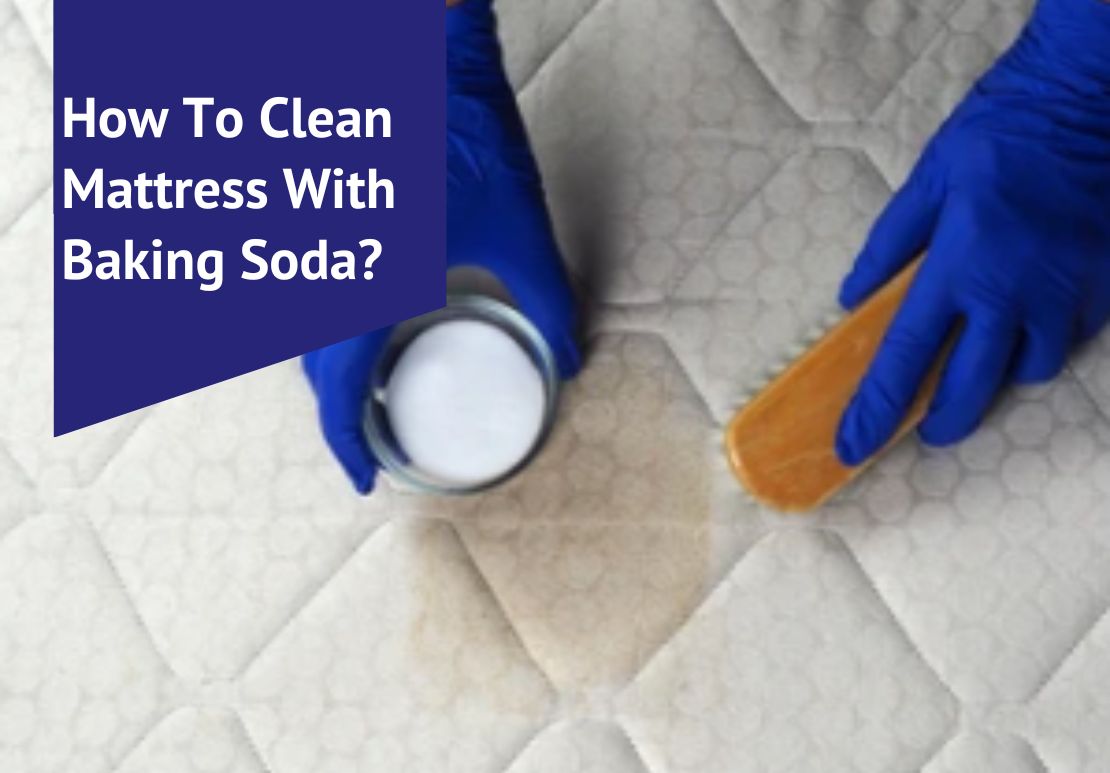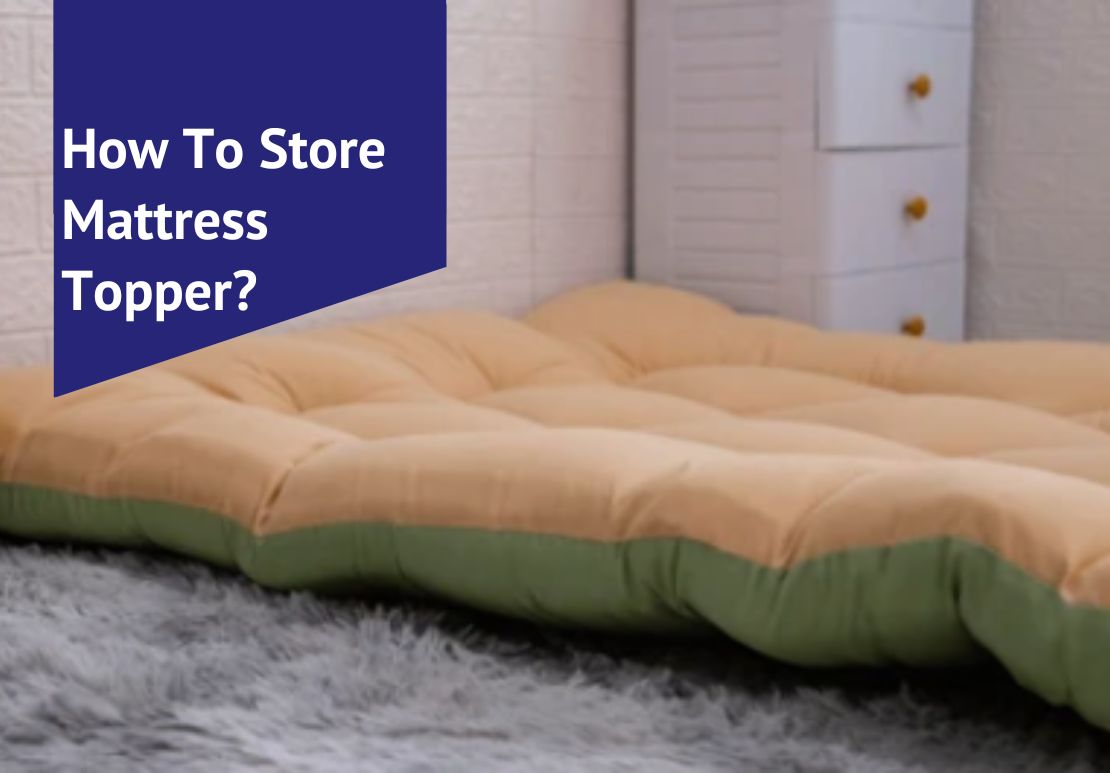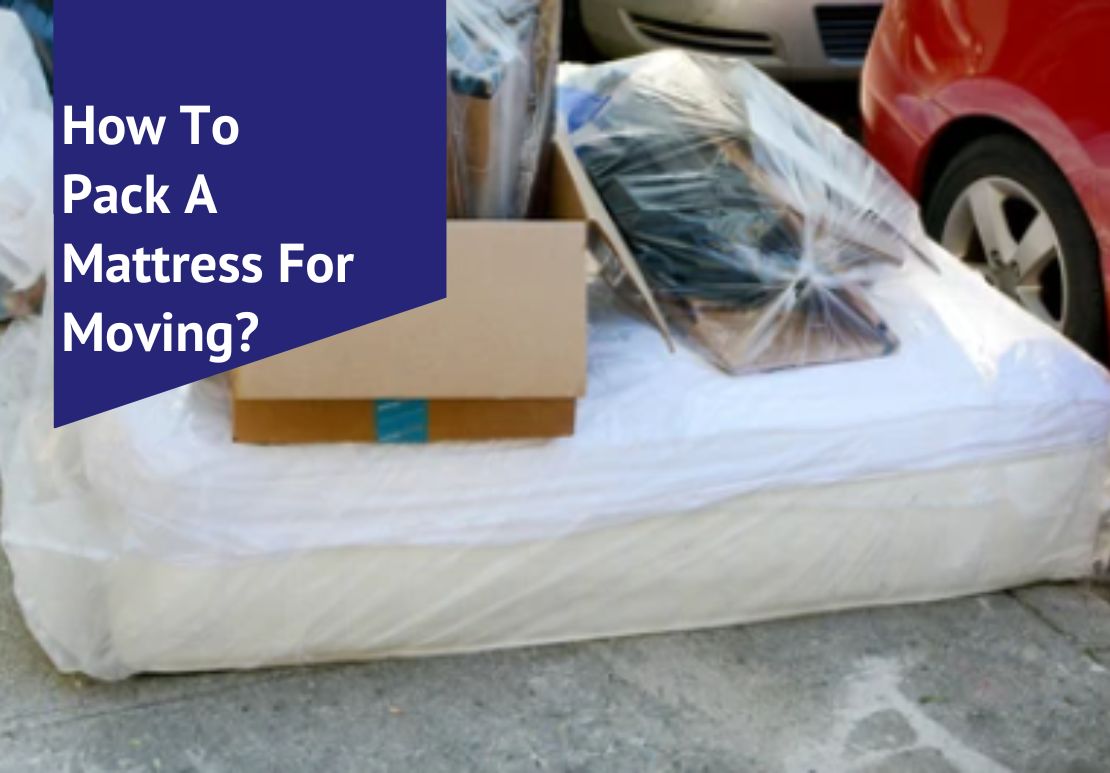A water leak, a minor spill, a major spill – we all know that accidents happen. Sometimes your bed is the injured party, so knowing how to dry a mattress easily in your own home is very useful. If your mattress has been exposed to moisture, it’s important to start the drying process as soon as possible, as mold and mildew can set in very quickly in a humid, warm environment.
It’s important to note that if your mattress is completely saturated with water, or has been underwater for over 24h, it may not be salvageable. The same applies if the water it was exposed to is contaminated or contains biohazards, as dangerous chemicals or other substances could remain inside even after drying.
Additionally, foam mattresses unfortunately can’t usually be saved but an attempt can be made nonetheless, using the same method below.
What You’ll Need to Dry Your Mattress:
- An absorbent towel or cloth
- A hairdryer
- Kitty litter or baking soda (either works)
- A wet/dry vacuum
- A well-ventilated room or a sunny outside area
- Fans (optional)
- Space heaters (optional)
Table of Contents
Blot with Absorbent Towel
The first thing you should do is blot up as much of the moisture as you can with an absorbent towel or cloth. Even paper towels or toilet paper can work if your regular towels aren’t doing the trick.
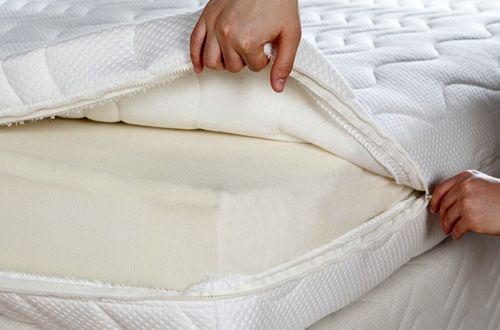
How To: Put the towel over the affected area and apply as much pressure as you can to force moisture out of the mattress and into the towel. Treat the entirety of the affected area this way and continue until you’ve removed as much moisture as you can.
As an added step, you can use a hairdryer to help the drying process further. Turn it onto the highest setting and hold it a few inches away from the mattress to heat up and help dry the affected area. Repeat until you’ve covered the entire affected area, but don’t stay in one spot for longer than 15 minutes or the heat could damage the fabric.
Absorb Remaining Moisture
Sadly, it’s impossible to get all the moisture out with just a towel and a hairdryer, so the next step is to absorb the remaining moisture using powder. The most efficient way is with clean kitty litter, but baking soda works as well so use whichever you have on hand. Generally, kitty litter works quicker, while baking soda might need a little longer to absorb the moisture.
How To: Lay the mattress down flat and sprinkle the powder/litter over the affected surface, covering it completely. Place a towel over it and press down to force the moisture into the power/litter. Let the powder sit for anywhere between 2-12 hours (shorter for litter, longer for baking soda) and try to repeat the pressing every 1-2 hours. If you like you can put flat items with a little weight to them, such as books or cutting boards, on top of the towel to keep up a constant pressure.
Use a Wet/Dry Vacuum
Once enough moisture has been absorbed you should use a wet/dry vacuum (also called a shop vac) to remove the powder/litter. Avoid using a regular household vacuum for this purpose. The reason for this being if a normal vacuum sucks up moisture it could get damaged, and whoever’s operating it might also get an electric shock.
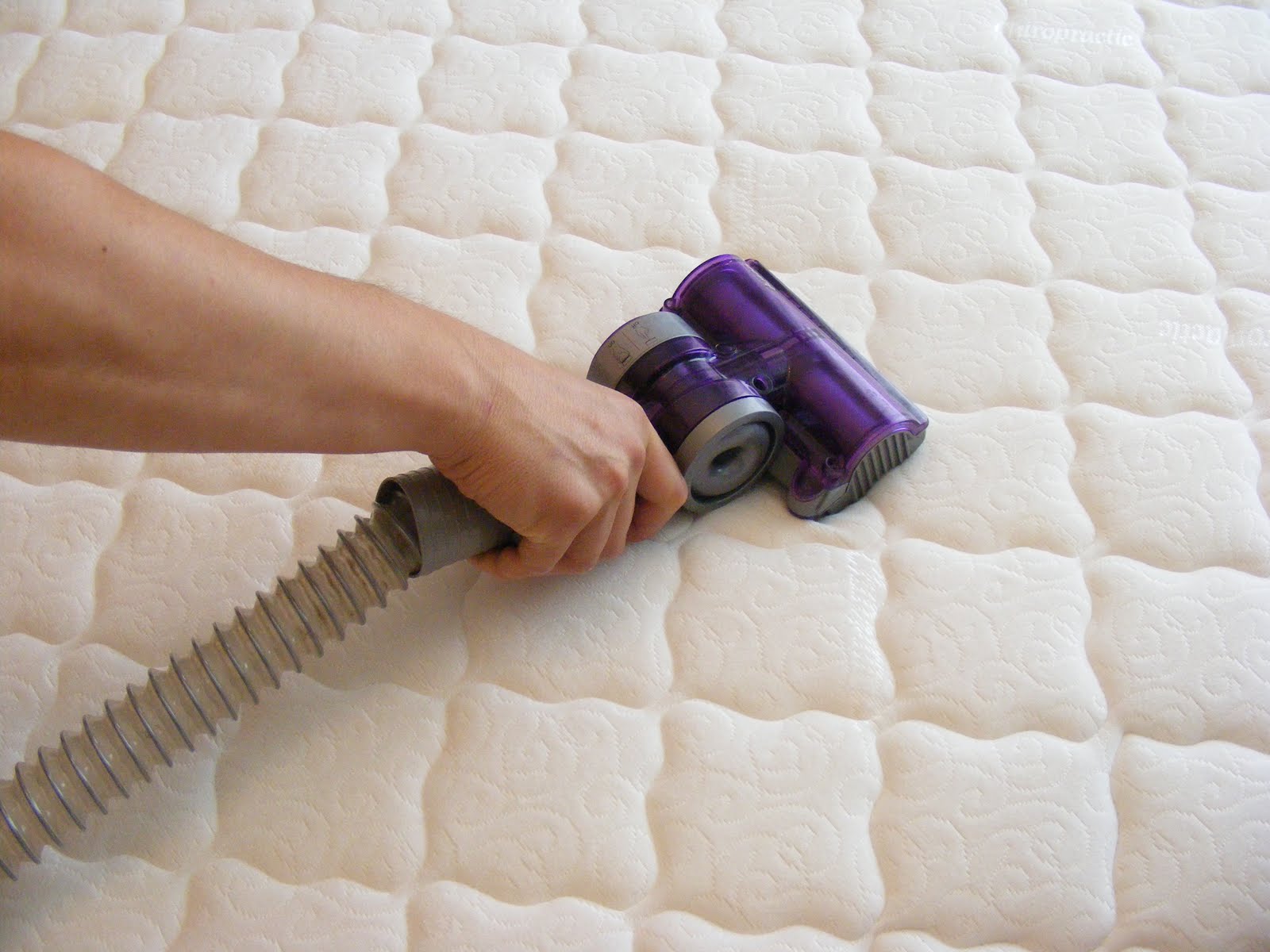
How to: Remove the towel and any weights you may have put on it and use the vacuum as normal. Make sure you get all the powder/litter off the mattress. If any moisture remains the process can be repeated again, as many times as needed.
You may also read: How to Clean a Mattress?
Prevent Mold Forming
One important thing to know about how to dry a mattress is how to inhibit the growth of mold.
How To: By combining one part rubbing alcohol and one-part water you can create a simple cleaning solution that prevents mold and mildew. A clean cloth can be dipped into the moisture, wrung out, and then rubbed over the surface of the mattress. Make sure to wring the cloth out completely and be careful not to overly saturate the fabric with the solution, as this will make the moisture problem worse. You should treat the entire surface of the mattress with this solution for best results.
Let it Air Dry
The final step is to let any remaining moisture air dry. If it’s sunny outside and likely to stay that way, taking the mattress outside is a great way to do this.
How To: Prop the mattress up against a wall in direct sunlight, or if you have access to things like sawhorses you can create a platform with them for it to rest on. Make sure to leave at least 2 feet of air space on each side to ensure proper air circulation and quicker drying. If you have long extension cords you can also move fans outside to help with the drying further.
If you can’t take the mattress outside, air-drying inside works as well, but be sure to open the windows in the room you’re using. Use fans placed on either side to help circulate the air and try to keep the room warm through the use of space heaters or radiators so the moisture evaporates.
If it’s winter and you struggle to keep the room warm with the windows open, try opening and closing them in intervals to allow for both evaporation of moisture and ventilation of the room.
Learn more about: How Long Does a Mattress Last?
Conclusion
Now you know how to dry a mattress! Please note that the drying procedure can take at least a day, but it’s important to not use the mattress again until it’s completely dry. If you’re unsure, it’s better to over-dry than under-dry as any remaining moisture can easily create mold or mildew that’s detrimental to your health.
If you feel your drying attempts are in vain, if you think your mattress has been exposed to hazardous water, or if you have other concerns, you can contact a professional restoration service. They have the equipment and the know-how to dry and restore your mattress the correct way.

